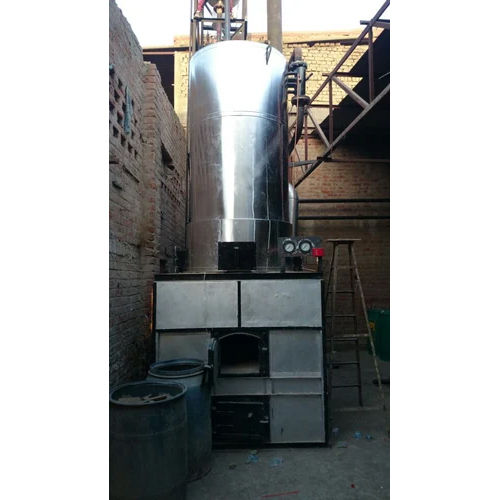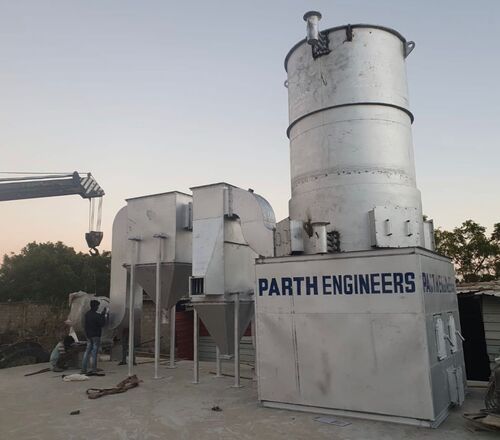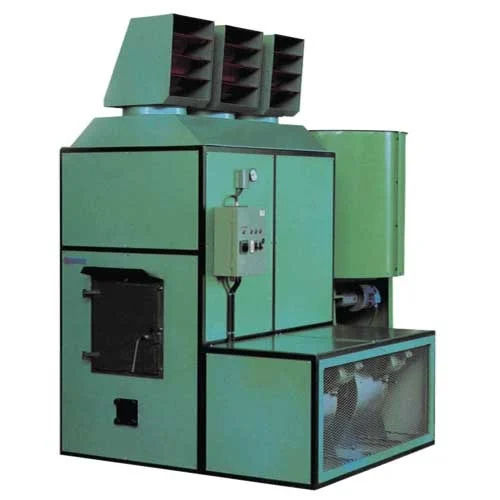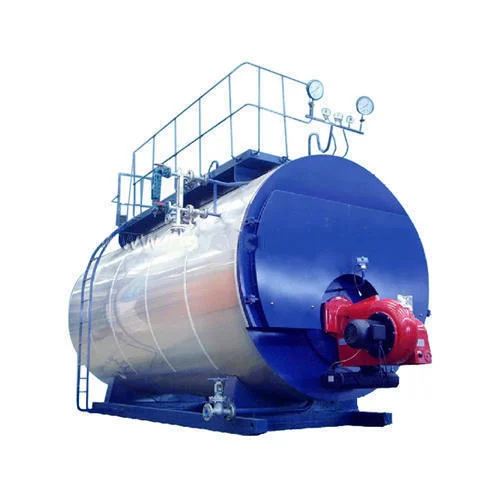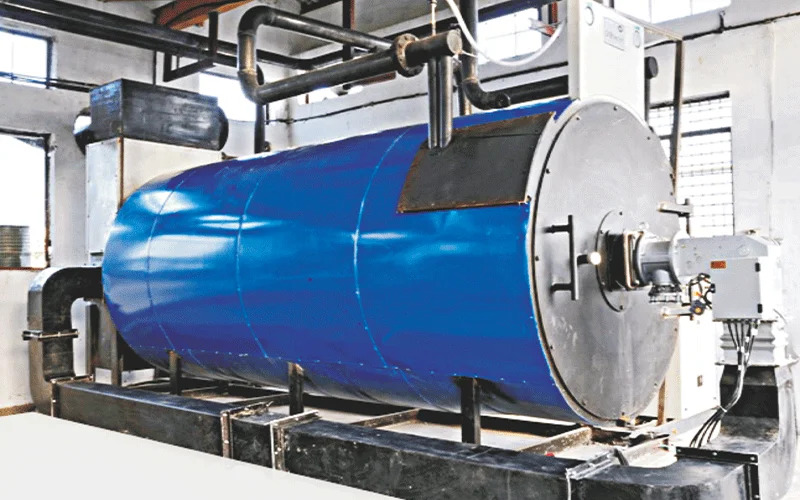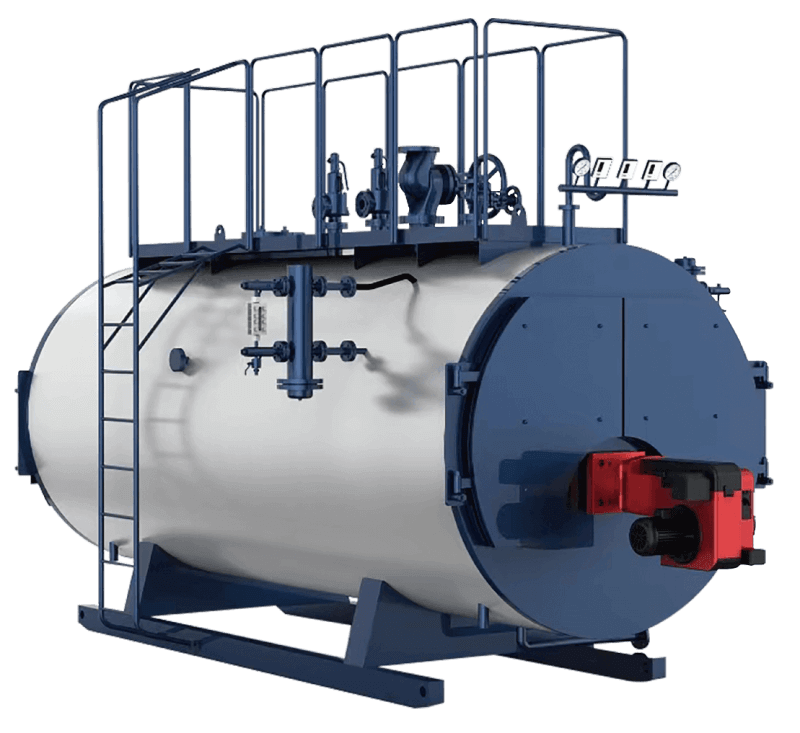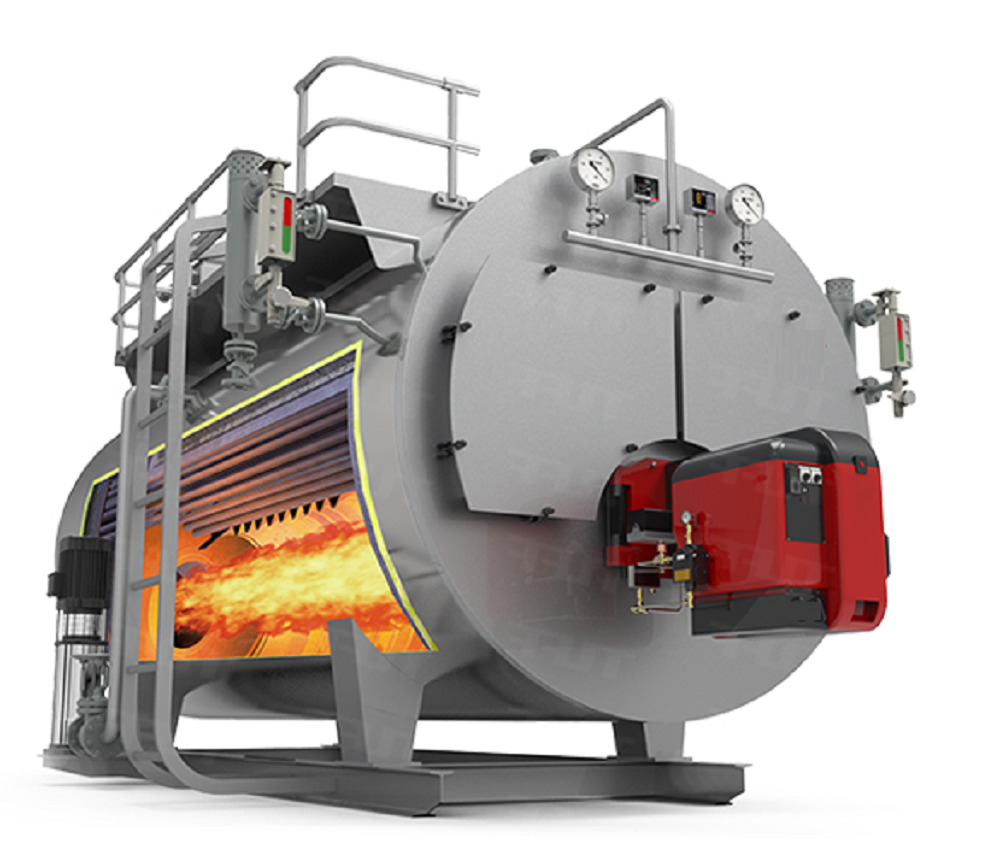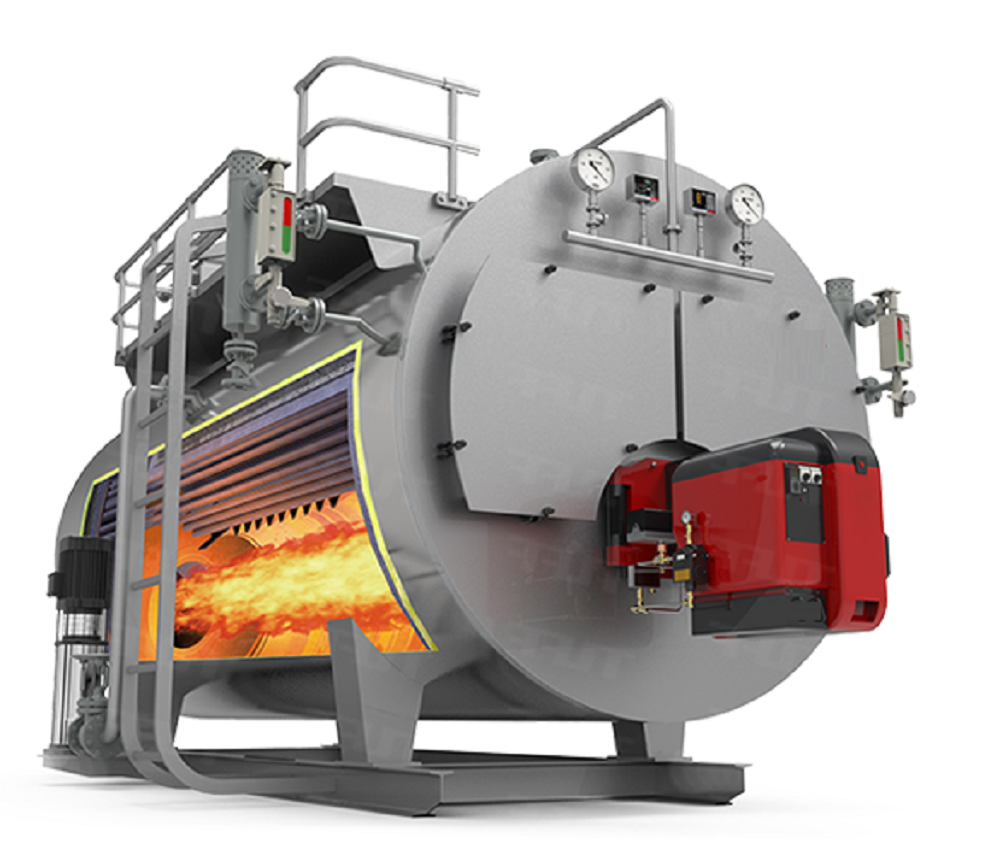|
Industrial Steam Boiler
Product Details:
Industrial Steam Boiler Price And Quantity
- 1 Piece
- 1700000 INR/Piece
Product Description
An Industrial Steam Boiler is a large-scale boiler used in industrial settings to generate steam for various applications such as power generation, process heating, and mechanical energy. These boilers are designed to meet the high demands of industries like chemical, textile, food processing, power plants, paper mills, and more. They are capable of handling large volumes of steam at high pressures and temperatures to support a wide range of industrial processes.
Key Components of an Industrial Steam Boiler:
-
Furnace/Combustion Chamber: The furnace is where fuel is burned to produce heat. Combustion gases generated here transfer heat to the water within the boiler.
-
Boiler Shell: The outer casing that contains the internal components, including the furnace and the water chamber. It is typically made of high-quality steel to withstand high pressure.
-
Water Tubes: These tubes carry water through the system and absorb heat from the combustion gases. The water inside the tubes heats up and eventually turns into steam.
-
Steam Drum: Located at the top of the boiler, the steam drum is where steam separates from the water. It ensures that only dry steam is sent to the process.
-
Superheater: A component that further heats the steam after it leaves the water-tube section, increasing the temperature of the steam beyond its boiling point to improve efficiency.
-
Economizer: This component helps to pre-heat the feedwater by using the heat from the exhaust gases, improving the boiler™s overall efficiency.
-
Burner: The burner introduces fuel (oil, gas, or biomass) into the combustion chamber, where it is mixed with air and ignited to produce heat.
-
Control Panel and Safety Valves: The control panel monitors temperature, pressure, and water levels to ensure the boiler operates safely and efficiently. Safety valves are designed to prevent overpressure situations.
-
Blowdown Valve: This valve is used to remove impurities that accumulate in the boiler water over time, which could otherwise affect performance.
Types of Industrial Steam Boilers:
-
Fire-Tube Boilers:
-
In fire-tube boilers, hot gases pass through tubes that are surrounded by water. The heat from the gases heats the water, converting it into steam.
-
These are typically used in industries requiring low to medium pressure steam.
-
Example: Lancashire boilers, Scotch boilers.
-
-
Water-Tube Boilers:
-
In water-tube boilers, water flows through tubes that are heated by hot combustion gases. These boilers can operate at higher pressures and are more efficient than fire-tube boilers.
-
They are suitable for high-pressure steam generation in large-scale industrial plants.
-
Example: Babcock and Wilcox boilers, Stirling boilers.
-
-
Waste Heat Recovery Boilers:
-
These boilers are used to capture waste heat from industrial processes, such as exhaust gases from turbines or furnaces, to generate steam.
-
They are energy-efficient and environmentally friendly.
-
-
Electric Boilers:
-
Electric boilers use electrical elements to heat water and generate steam. These are typically used for smaller-scale applications in industries where direct electricity is available.
-
-
Cogeneration Boilers:
-
These systems generate both steam and electricity by recovering heat from the steam or using it to drive generators.
-
They are highly efficient and commonly used in power plants.
-
Working Principle of an Industrial Steam Boiler:
-
Fuel Combustion: The burner ignites fuel (gas, oil, coal, or biomass) in the furnace. The combustion process generates heat.
-
Heat Transfer: The hot combustion gases pass through a series of tubes in the heat exchanger (either fire-tube or water-tube) where they transfer heat to the water. The water absorbs the heat, eventually reaching its boiling point and converting into steam.
-
Steam Generation: The steam rises to the steam drum, where it is separated from any remaining water.
-
Steam Distribution: The dry steam is then directed to various systems or processes (e.g., turbines, heating systems, or industrial machinery) for use.
-
Exhaust: The remaining exhaust gases are vented through a stack or chimney, and heat recovery systems like economizers can pre-heat incoming feedwater for better efficiency.
Applications of Industrial Steam Boilers:
-
Power Generation: In power plants, industrial steam boilers generate steam to drive turbines and produce electricity.
-
Chemical and Pharmaceutical Industries: Steam is used in reactors, sterilization, and other thermal processes.
-
Textile and Paper Mills: Steam is used for heating, drying, and processing materials.
-
Food Processing: Boilers are used for sterilization, cooking, drying, and pasteurization in the food industry.
-
Petrochemical Industry: Used for refining, cracking, and other high-temperature processes.
-
HVAC Systems: Boilers supply steam for district heating and industrial HVAC systems.
-
Steam Sterilization: In industries like healthcare, steam boilers are used to sterilize medical equipment and other products.
Advantages of Industrial Steam Boilers:
-
High Efficiency: Industrial steam boilers are highly efficient at converting fuel into steam, especially with the use of economizers and superheaters.
-
Large Capacity: Industrial boilers are designed to produce large volumes of steam to meet the demands of heavy industries.
-
Versatility: Steam can be used for both mechanical and thermal applications, making it suitable for a variety of industrial processes.
-
Cost-Effective: Despite the high initial investment, industrial steam boilers can offer cost savings over time due to their efficiency and long operational life.
-
Fuel Flexibility: Boilers can operate on a variety of fuels, including natural gas, oil, coal, biomass, and even waste products.

Price:
- 50
- 100
- 200
- 250
- 500
- 1000+
Other Products in 'Steam Boiler' category
 |
Parth Engineers
All Rights Reserved.(Terms of Use) Developed and Managed by Infocom Network Private Limited. |


